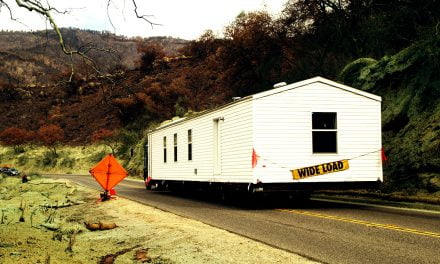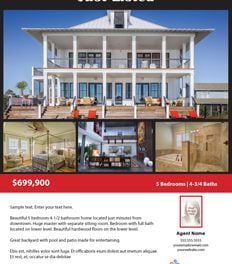Is the area where you practice real estate experiencing a housing shortage?
- Yes, a severe housing shortage. (83%, 45 Votes)
- Yes, but it is minor compared to other parts of the state. (15%, 8 Votes)
- No, we have enough housing to meet demand. (2%, 1 Votes)
Total Voters: 54
California is well known for its pleasant climate, exciting jobs market, vast economy… and its restrictive housing crisis.
The past decade has experienced a shortage of new homes being built, resulting in an ever-tilting imbalance of demand for housing and available units. For example, look at Los Angeles, where, during the 2000s, for every single new construction unit built, the population grew by two individuals. Considering the average household size fluctuates around two-to-three people, this rate of construction is fairly appropriate.
But in the years that followed, the average annual new population-to-construction ratio was over twice that. For every new unit started each year in Los Angeles, the population grew by just over four individuals, according to the U.S. Census Bureau. This supply-and-demand imbalance continues to grow, putting pressure on home prices and rents that leave many unable to qualify, forcing individuals to put off household formation and homeownership.
State legislators recognize the worsening housing shortage and how it negatively impacts residents. Thus, over the past few years, several laws have been enacted at the state level to boost housing production, especially of low- and mid-tier units.
But for effective change to occur, it’s essential for local governments to be on board.
Solutions for the housing shortage in action
The Terner Center identifies four efforts to be made that ultimately reduce the cost of construction and help necessary residential units be built faster:
- an upfront commitment to achieve low costs and a quick construction timeline;
- flexible and unrestricted funding (low-income housing developments typically have strict funding allocations);
- streamlined approvals, which not only speeds up the permitting process, but also reduce risks for builders and funders; and
- modular construction, where much of the building construction occurs off-site while on-site construction occurs simultaneously.
The project referred to in the Terner Center’s report that employed these strategies was completed 30% faster and 25% cheaper per unit than other similar projects. Even more impressive, this low-income development was built in San Francisco, where housing is notoriously expensive and difficult to permit. For example, the cost of construction in the city increased 119% during the decade from 2008 to 2018. Finding new ways to ease the burden of expensive construction will ease the crisis for residents, but it needs to be applied on a broad scale.
The Terner Center hopes that these four tactics to make low-tier housing more accessible will guide legislative efforts to increase low- and mid-tier housing in the coming years.
At the other end of the state, Los Angeles recently adopted an inclusionary housing ordinance that requires multi-family units located in certain areas of the county to include housing for low-income households. This requirement sidesteps the vocal not-in-my-backyard (NIMBY) advocates that often hold necessary construction hostage.
Related article:
Real estate professionals — and their clients — stand to benefit from concentrated efforts to increase the housing stock. When inventory is available at a strong and consistent level, tenants will be able to spend a healthy amount of their income on rents and save up to purchase a home more quickly. When rents are stabilized, fewer households will find themselves unable to pay and homeless, and the quality of life will improve for all residents. Likewise, when the for-sale inventory matches California’s growing appetite for homes, home sales volume will increase, as will the state’s homeownership rate.
For this to occur, local governments and residents need to agree: more residential construction is necessary, and we need to make room for it in our communities.



















